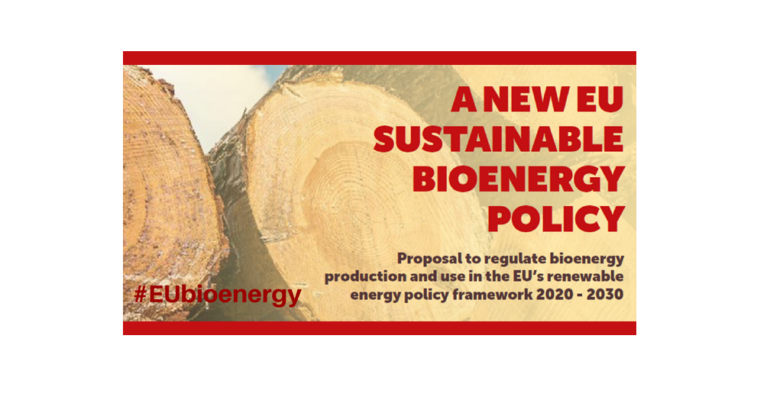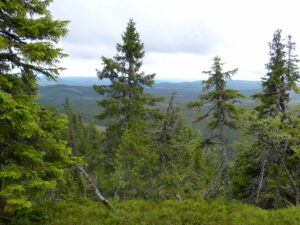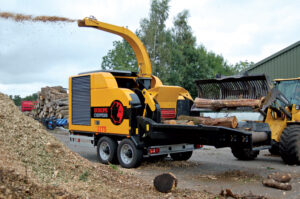How NGOs would ensure that European bioenergy is sustainable
By Sini Eräjää, Policy Officer EU Bioenergy, Birdlife Europe and the European Environmental Bureau
We all agree that bioenergy used as part of the transition to move to an energy system based on renewables needs to be sustainable. By now, most of us already recognize that not all bioenergy is necessarily sustainable. Looking at ongoing environmental impacts on forests and agricultural landscapes due to increased logging or more intensive management, looking at rights of communities dependent on land cleared for bioenergy crops, looking at actual emission savings achieved… not all bioenergy is beneficial.
The European Commission has recognized this and will be proposing a new policy for the sustainability of bioenergy in a few months. Today, eleven civil society organizations from Europe and the US working on environment, climate, and development and on EU policies have published their recommendations on how to separate the good kind of bioenergy from the bad. Only the kind of bioenergy that meets these requirements should be supported by public policies or counted towards any climate and energy targets.
The recommendations go beyond good and sustainable management of forests, agricultural land or other ecosystems that can produce biomass. They also aim to ensure that public policies steer us to use our valuable and limited natural resources, including renewable resources, in a smart way and to limit our consumption of resources and energy. All of these aspects are crucial for an overall sustainable contribution to the energy system. Here’s what the NGOs recommend:
- Adopt an EU-wide limit on the amount of bioenergy used to meet the EU’s 2030 climate and energy targets, including a phase out of biofuels from food and energy crops;
- Exclude high-risk biomass sources such as biomass from protected areas, stumps and roundwood and crops from agricultural land (unless evidence is provided that this enhances their environmental conditions);
- Limit the extraction of agricultural and forest residues;
- Ensure that biomass for energy doesn’t displace other existing uses of the biomass and is in line with the principles of cascading use and the waste hierarchy;
- Ensure affected communities’ Free Prior and Informed Consent, respect of their human, labour and land rights in the production and use of biomass for energy;
- Introduce a minimum efficiency threshold for energy installations and fuel manufacturing producing bioenergy or biofuels.
In practice, the recommendations aim to limit the use of biomass for energy to sources that are residues, side products and waste from other practices and processes, and that don’t have significant existing uses. This would still allow the use of some biomass for energy, but to a limited extent and without significant negative impacts like increased logging and biodiversity loss in forests, clearing of natural habitats for intensively managed plantations, land conflicts or increased carbon emissions.
In many European countries already using bioenergy before the strong start of renewable energy policies, use of residues and wastes has traditionally been the starting point and this is what many industries still claim to do. Strong policy incentives have however made it interesting and profitable to use an expanding range biomass sources for energy, like food crops, quality wood, whole trees and raw materials of other industries resulting into various unintended consequences.
So let’s go back to what bioenergy was supposed to be about – an environmentally sustainable and low-carbon source of energy.
Banner photo: Portumen © Shutterstock





